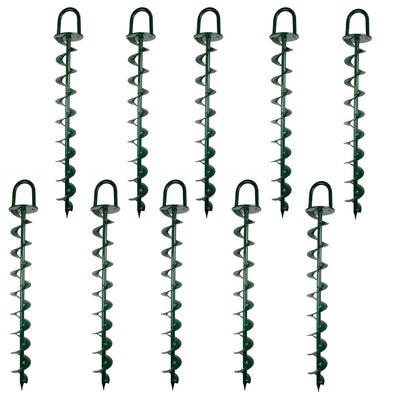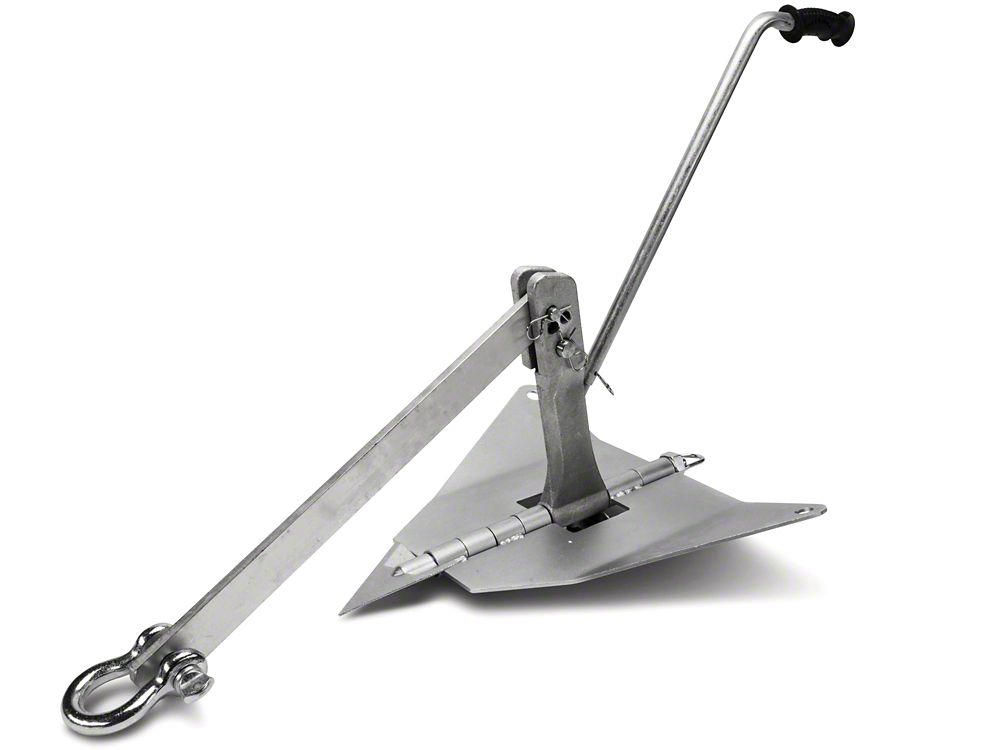Pro Tips on Properly Maintaining a Ground Anchor for Long-Lasting Performance
Pro Tips on Properly Maintaining a Ground Anchor for Long-Lasting Performance
Blog Article
Discover the Various Kinds Of Ground Anchor for Your Following Job
From auger anchors, which succeed in diverse soil conditions, to risk anchors made for momentary setups, the choices are numerous. Furthermore, concrete and screw anchors present unique benefits in specific circumstances, while deadman supports are tailored for applications needing resistance to side forces.

Auger Anchors
Auger supports are a popular selection in various building and landscaping jobs due to their distinct layout and efficient anchoring capacities. These anchors include a helical screw-like shaft that is driven into the ground, permitting a protected and stable hold. The spiral style promotes simple installation and maximizes resistance versus lateral forces, making auger anchors specifically effective in applications such as fencing, short-term structures, and erosion control.
The setup procedure of auger anchors is relatively uncomplicated. Auger anchors can be easily gotten rid of and recycled, which includes to their cost-effectiveness and sustainability.
One of the significant advantages of auger supports is their ability to distribute lots uniformly across the bordering dirt, lowering the risk of soil disturbance and decreasing ecological impact. In addition, they are less at risk to loosening up or heaving over time contrasted to conventional securing approaches. As a result, auger anchors are an excellent selection for jobs requiring resilient and trusted anchoring remedies.

Stake Anchors
When it concerns securing structures in a selection of outside applications, risk supports supply a straightforward and reputable remedy. These supports are typically built from long lasting products such as steel or light weight aluminum, developed to hold up against ecological stresses while providing optimal stability. Their basic layout permits fast installation, making them a suitable option for permanent or temporary anchoring requirements.
Stake supports are particularly helpful in securing tents, covers, and other lightweight frameworks versus wind and weather. They operate by being driven into the ground at an angle, developing a solid hold that resists pull-out pressures - Ground Anchor. The performance of stake anchors depends upon several factors, consisting of dirt kind, moisture material, and the angle of setup
For included protection, many stake anchors feature attachment factors for ropes or bands, enabling tension adjustments as needed. In applications such as landscape design or building and construction, they can effectively support devices or structures on irregular surface. Overall, risk supports give a economical and functional remedy for protecting numerous outdoor setups, making them a favored option for service providers and do it yourself fanatics alike.
Concrete Anchors
Concrete anchors offer a robust solution for protecting structures to concrete surfaces, making sure stability and safety in various applications. These anchors are vital for jobs ranging from residential building and constructions to large-scale commercial setups. They are available in various kinds, including expansion supports, sticky anchors, and undercut supports, each developed for particular load demands and ecological conditions.
Growth supports depend on mechanical mechanisms to grip the concrete when installed. They are perfect for tool to heavy-duty applications. Sticky supports utilize high-strength epoxy or material to bond the anchor to the concrete, offering premium load-bearing capabilities, particularly in cracked concrete scenarios. Undercut supports develop a distinct form within the concrete, providing exceptional holding power, specifically in applications where tensile loads prevail.
Choosing the suitable concrete anchor entails taking into consideration elements continue reading this such as the weight of the tons, the problem of the concrete, and environmental problems. Proper installment techniques are critical to guarantee optimal performance and dependability. When implemented correctly, concrete supports dramatically enhance the structural integrity of different projects, making them indispensable in modern-day building and construction methods. Comprehending the specific requirements of your task will aid in choosing the ideal type of concrete support for the job.
Screw Anchors

Screw supports are a versatile attaching remedy that can be successfully utilized in a selection of applications where traditional concrete supports might not be sufficient. These supports contain a helical style that allows them to be conveniently driven right into the ground, making them perfect for use in dirt and other substrates. Their unique framework provides excellent holding power and resistance to pull-out pressures, making them appropriate for many jobs, from landscaping to structural support.
One of the key advantages of screw anchors is their convenience of setup. They need minimal devices and can often be set up without the requirement for excavation, which saves both time and labor costs. Additionally, screw supports can be eliminated and reused, offering a lasting remedy for momentary applications.
Screw supports are especially valuable in areas where dirt conditions are challenging, such as sandy or loose dirts. Their ability to be mounted at varying midsts enables modification based upon particular job needs. In general, screw anchors offer a reliable and dependable securing method, making them an outstanding choice for service providers and designers looking for effective services for their tasks.
Deadman Anchors
Deadman supports serve as a robust remedy for supporting structures in challenging problems, specifically where traditional anchoring approaches might fail. These supports consist of big, hefty objects buried underground, which develop resistance against side pressures. The layout normally involves a horizontal element, such as a block of concrete or a steel plate, buried in the soil, to which cables or bands are affixed.
The effectiveness of deadman anchors hinges on their ability to disperse lots over a bigger area, lowering the risk of failure in unstable soil problems. They are particularly advantageous in applications such as preserving walls, short-lived frameworks, and incline stabilization, where soil motion can endanger the integrity of the structure.
Setup of deadman supports requires cautious planning to guarantee they are positioned at the appropriate depth and alignment, optimizing their load-bearing capacity. While they may call for more labor and product than light-weight anchors, their reliability in negative problems makes them indispensable for long-lasting jobs. Deadman supports are flexible additional reading and can be adjusted to numerous applications, making them a best choice for engineers dealing with special obstacles in their tasks.
Verdict
In recap, selecting the proper kind of ground support is crucial for making certain security and security in numerous jobs. Auger anchors master diverse dirt conditions, while stake anchors match temporary applications. For concrete surfaces, growth and sticky supports offer trusted alternatives, and screw anchors offer convenience in tough terrains. Deadman anchors are especially effective in resisting side pressures for maintaining walls. Cautious consideration of these alternatives will certainly enhance task results and structural honesty.
Additionally, concrete and screw supports present special advantages in specific situations, while deadman anchors are customized for applications needing resistance to lateral forces - Ground Anchor.Auger anchors are a prominent selection in various building and landscape design jobs due to their special layout and efficient anchoring abilities. They come in various kinds, consisting of expansion anchors, adhesive anchors, and undercut supports, each created for details load needs and environmental problems
Sticky anchors utilize high-strength epoxy or material to bond the anchor to the concrete, supplying superior load-bearing abilities, particularly in broken concrete circumstances. On the whole, screw anchors give click resources a dependable and efficient anchoring method, making them an excellent selection for engineers and contractors looking for reliable services for their jobs.
Report this page